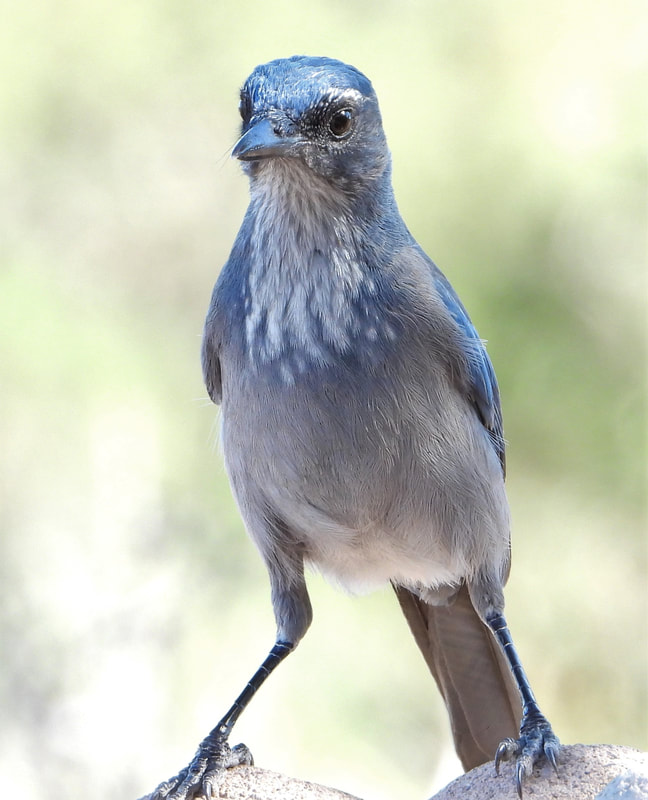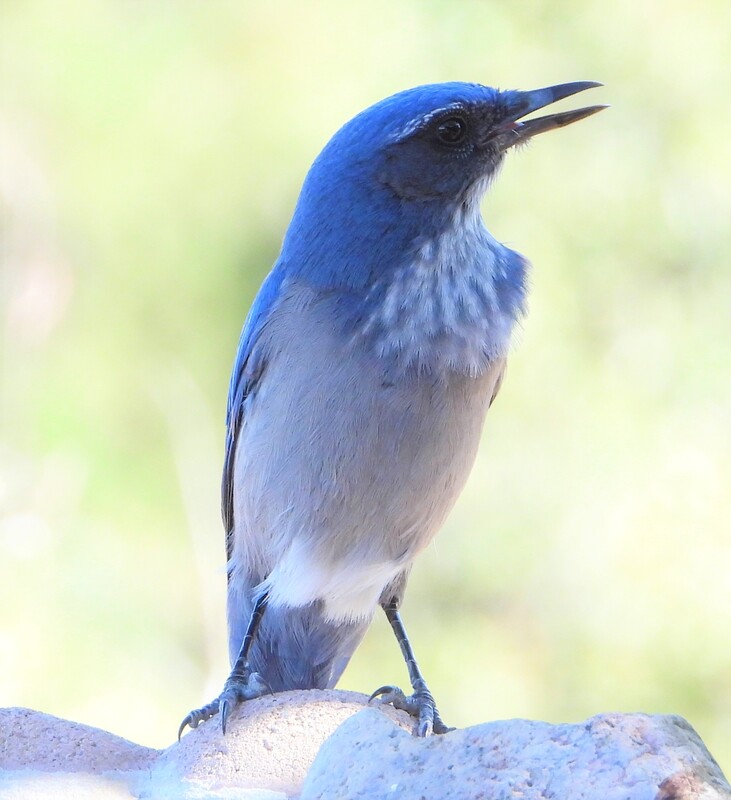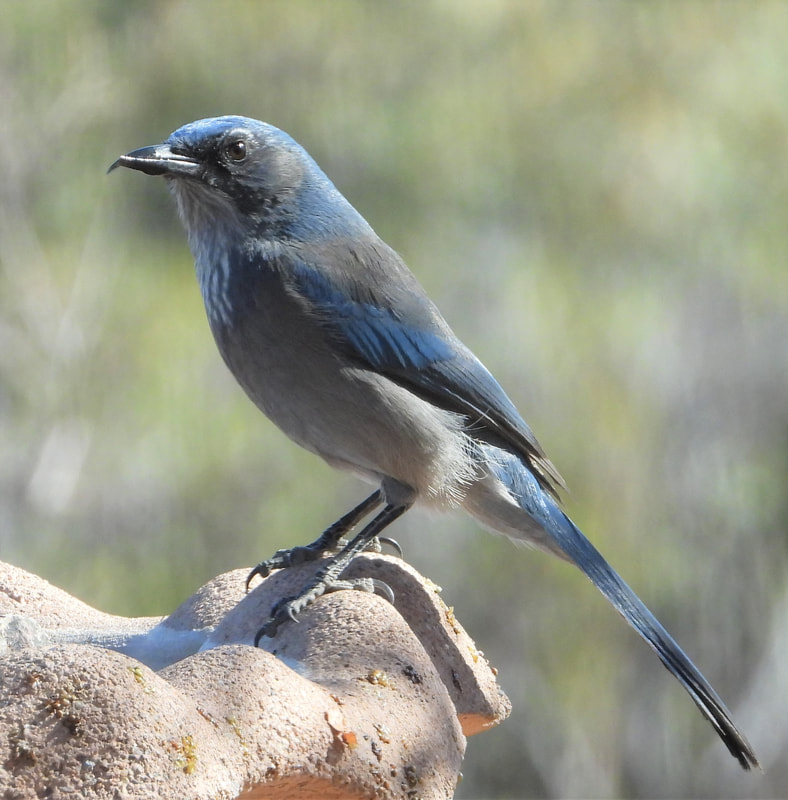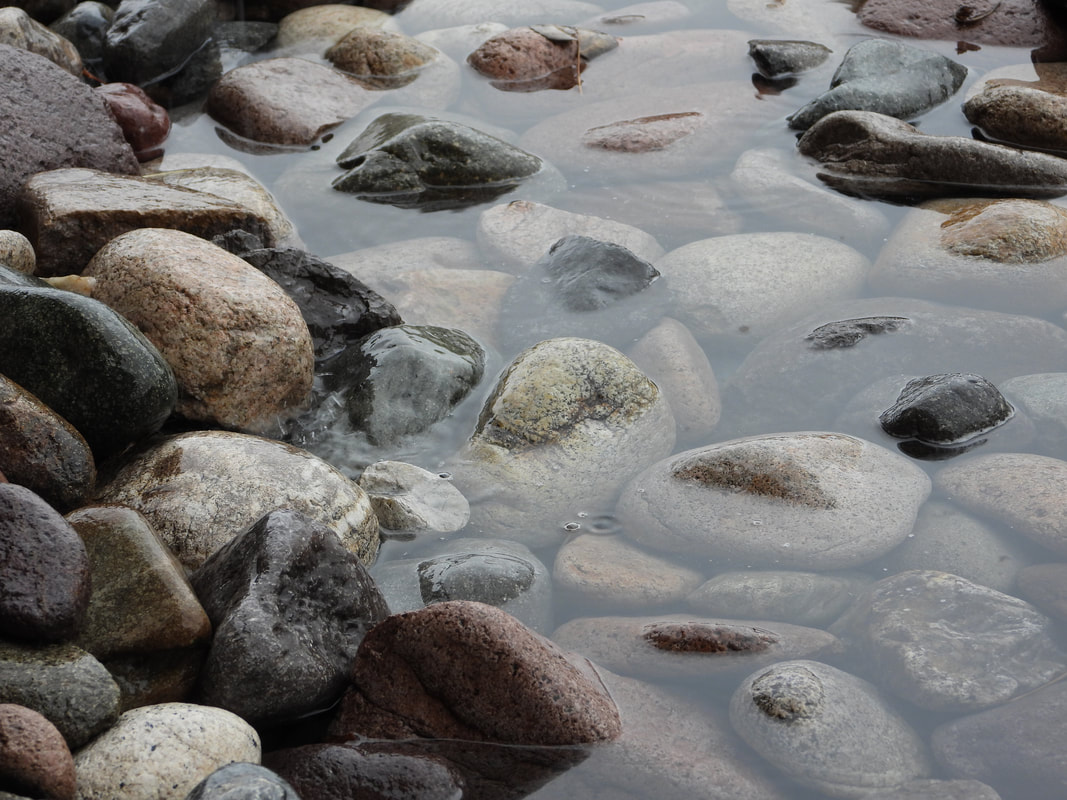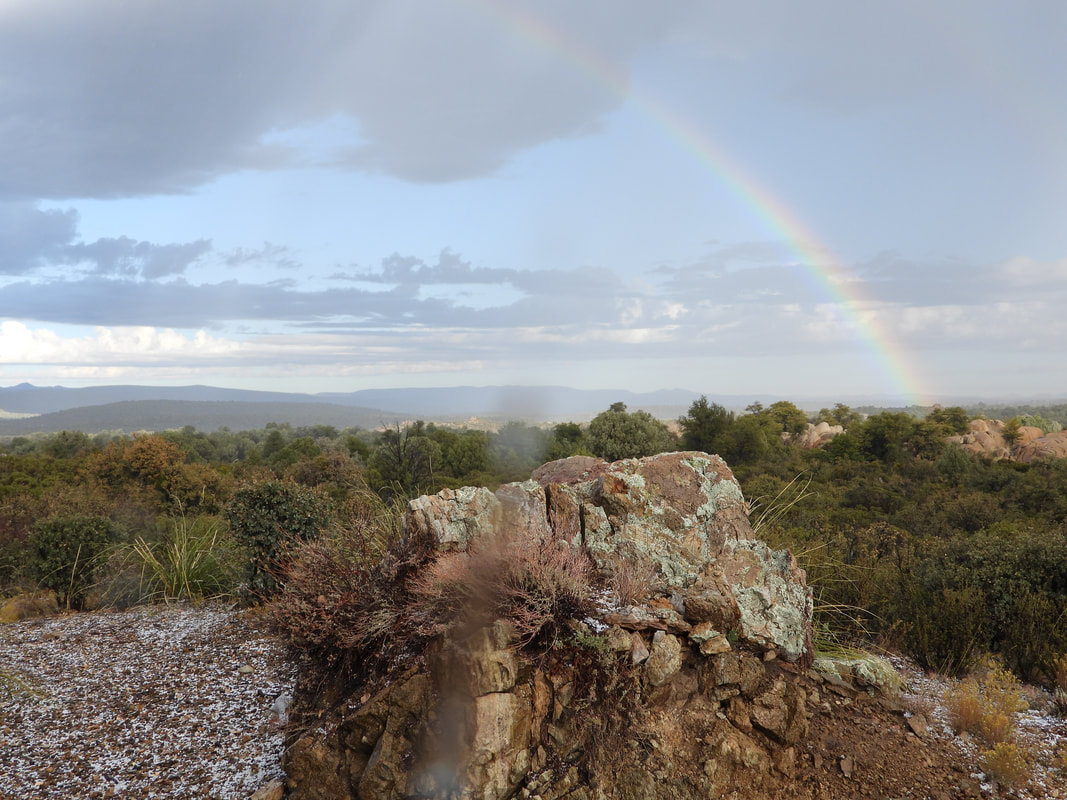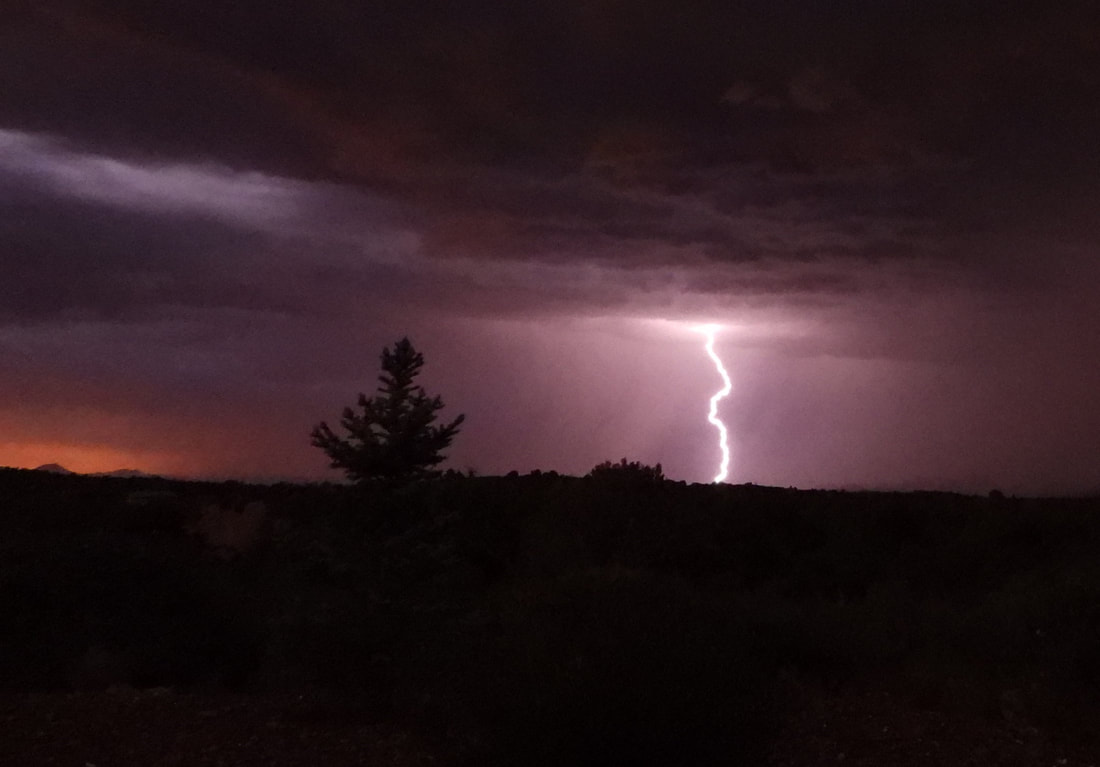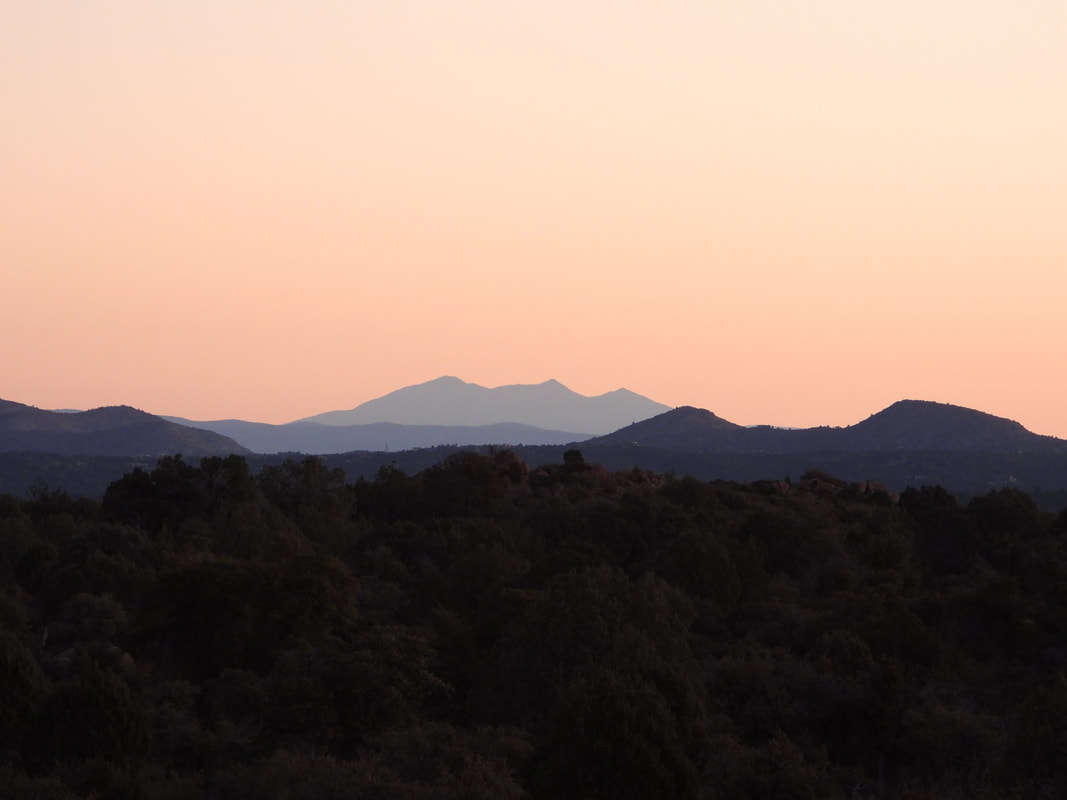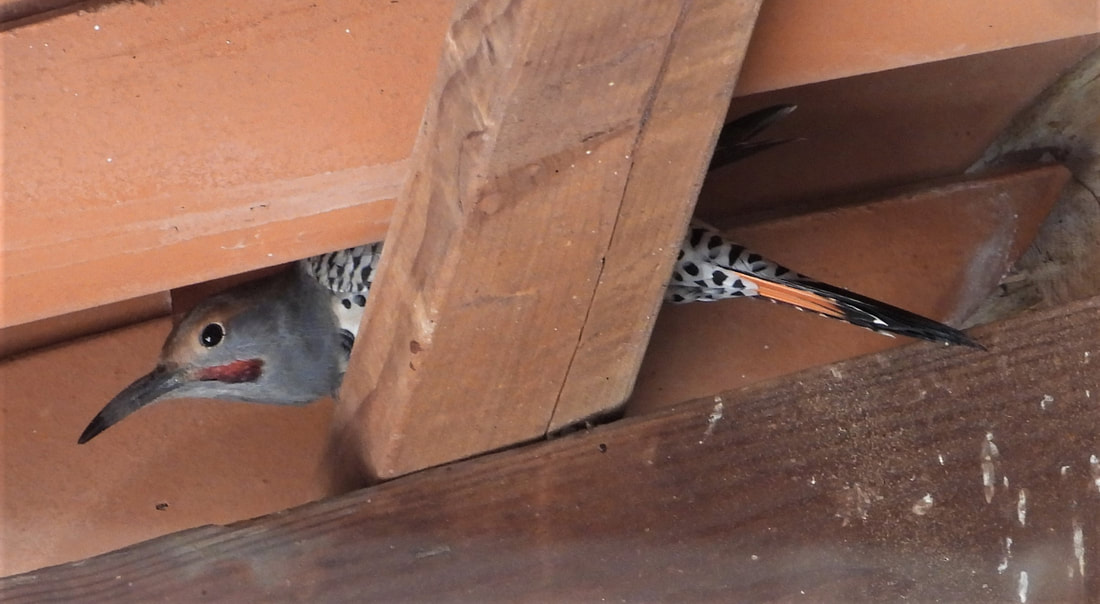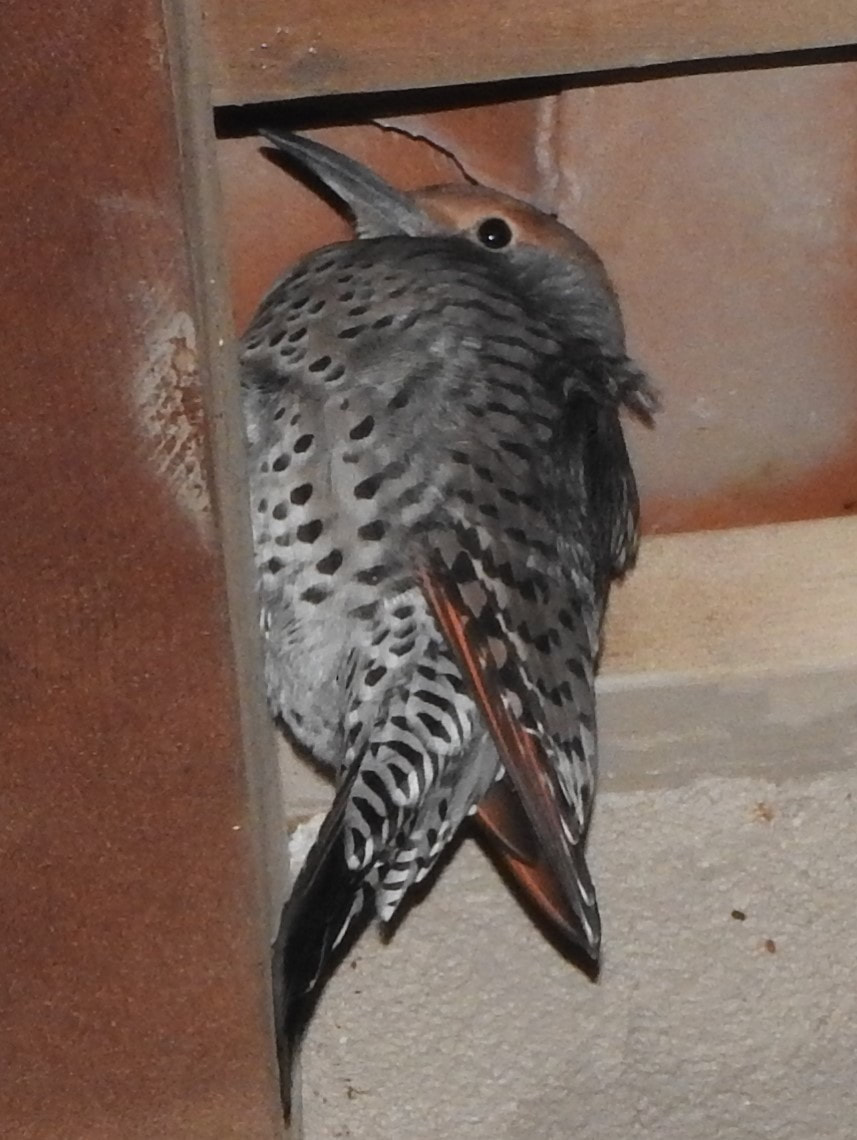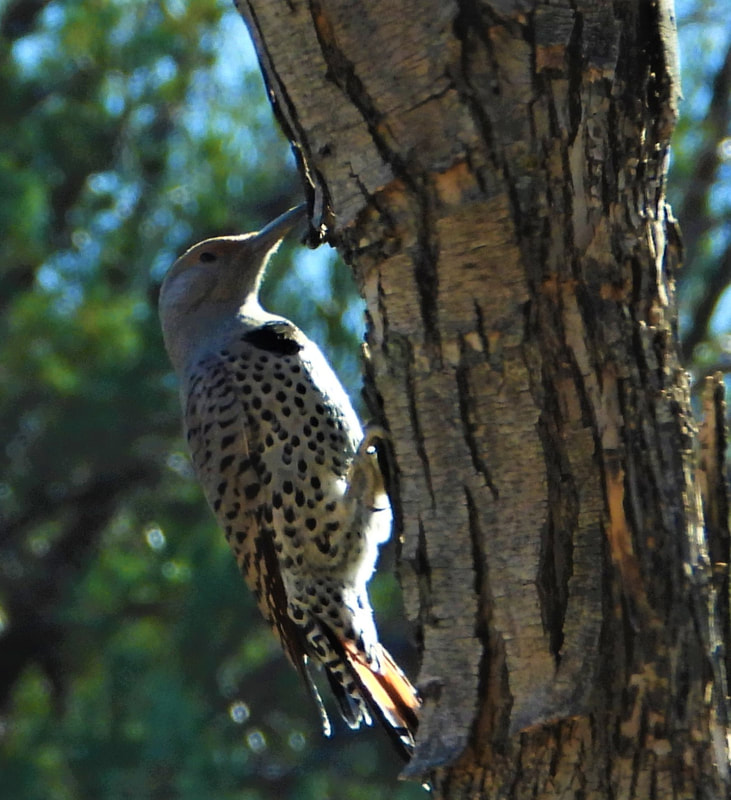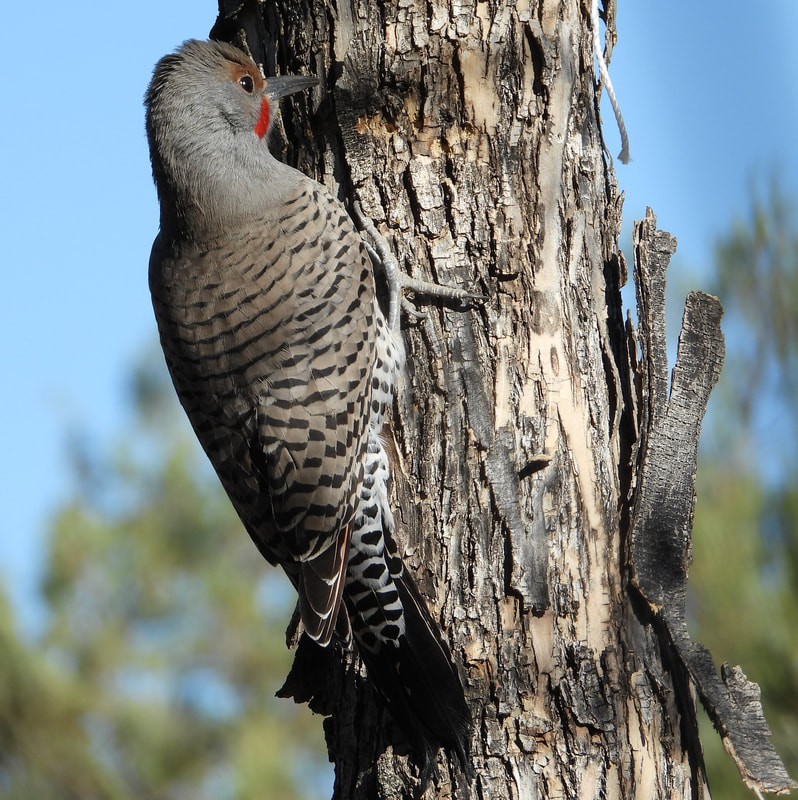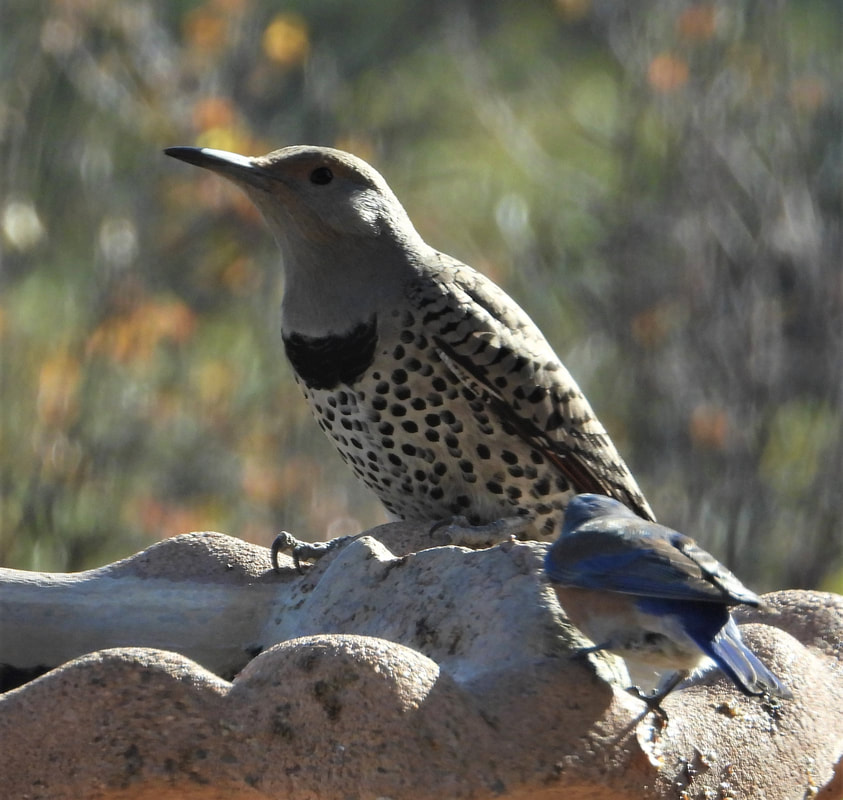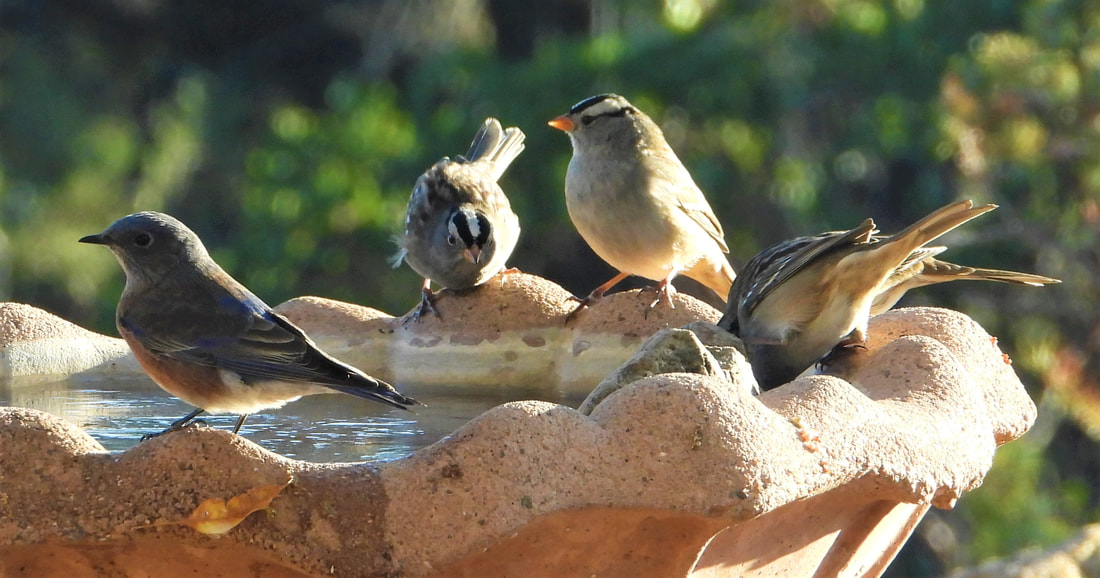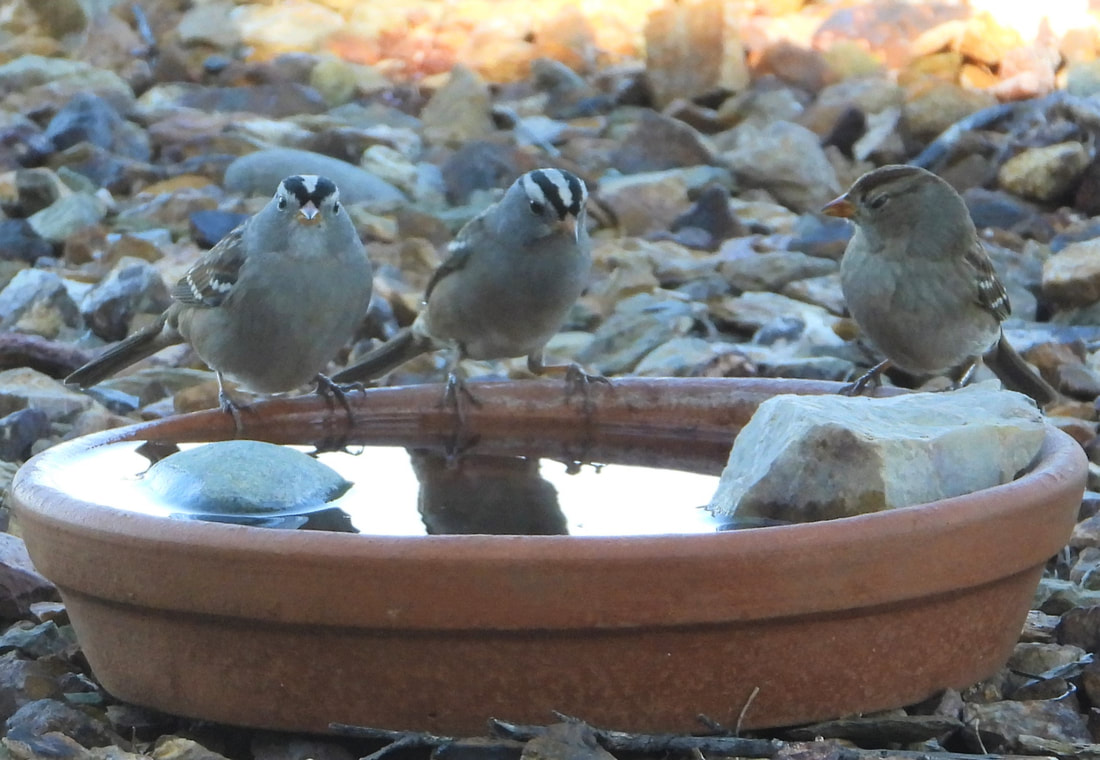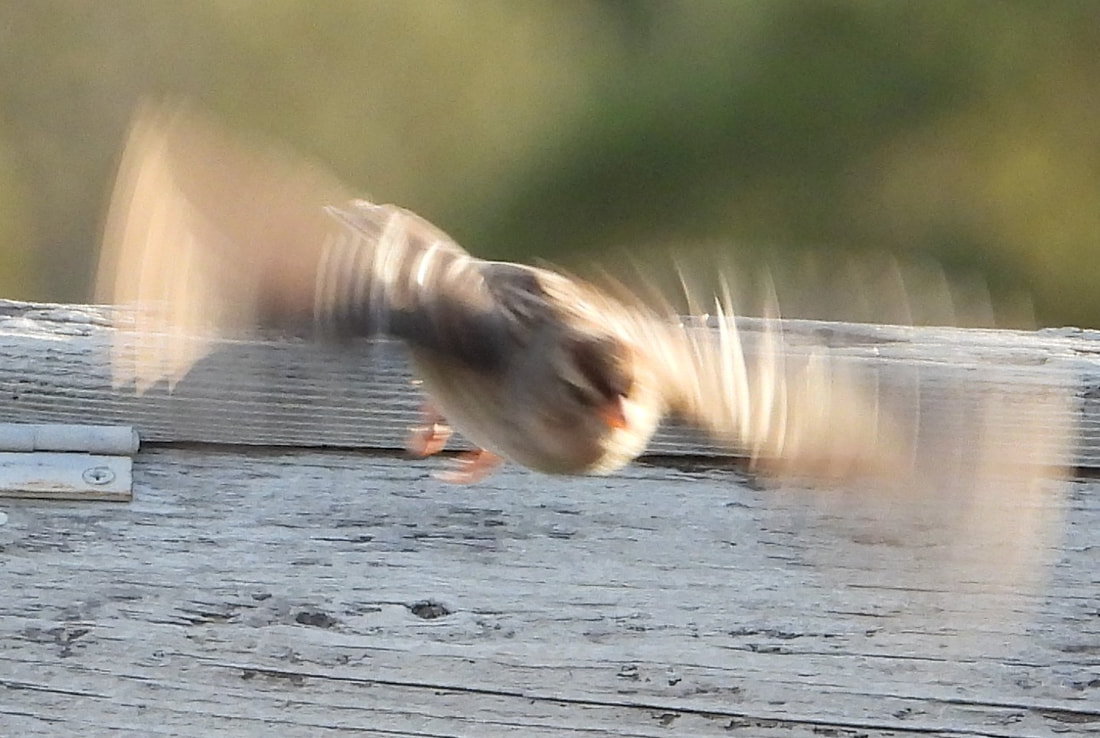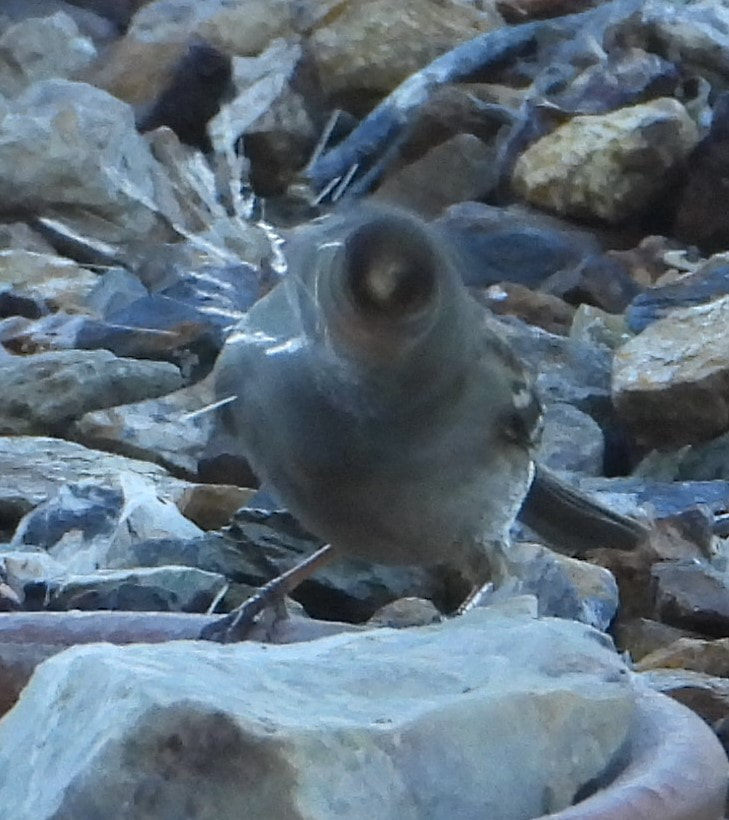The CornellLab of Ornithology website calls Woodhouse's Scrub-Jay reclusive. This isn't my experience. These guys are all over, filling the air with their distinctive "schreak" call. They remind me of the seagulls hollering "Mine!" in Finding Nemo.
Fittingly, a group of jays is sometimes called a scold of jays. Note that these Woodhouse's Scrub-Jays lack the pointy head-crest of a Blue Jay.
This thinner fellow reminds me of the Geico gecko. I half-expected him to request peanuts in a proper British accent.
Speaking of diet, apparently Woodhouse's Scrub-Jays eat everything from nuts, juniper berries and seeds to insects, eggs, lizards and other bird's babies! I'm not going to think about it.
The white eyebrow makes them look quite wise, and they are pretty smart! I love this website, which calls them "Gregarious and Gluttonous" as well as "Insanely Smart." Like crows and ravens they hide food for later use, remember where they put it, recognize when it might be so old as to have spoiled, and watch to make sure nobody saw where they hid it. Bird brain, indeed!
This fellow seems to have a deformed beak. An Audubon article from a few years ago suggests that several species can get an Avian Keratin disorder, perhaps caused by a virus. Whatever caused this, it sure looks like it would make it harder to eat.
Also notable in this picture is the grey shoulder wrap, which distinguishes Scrub-Jays from Blue Jays, along with the lack of a crest.

